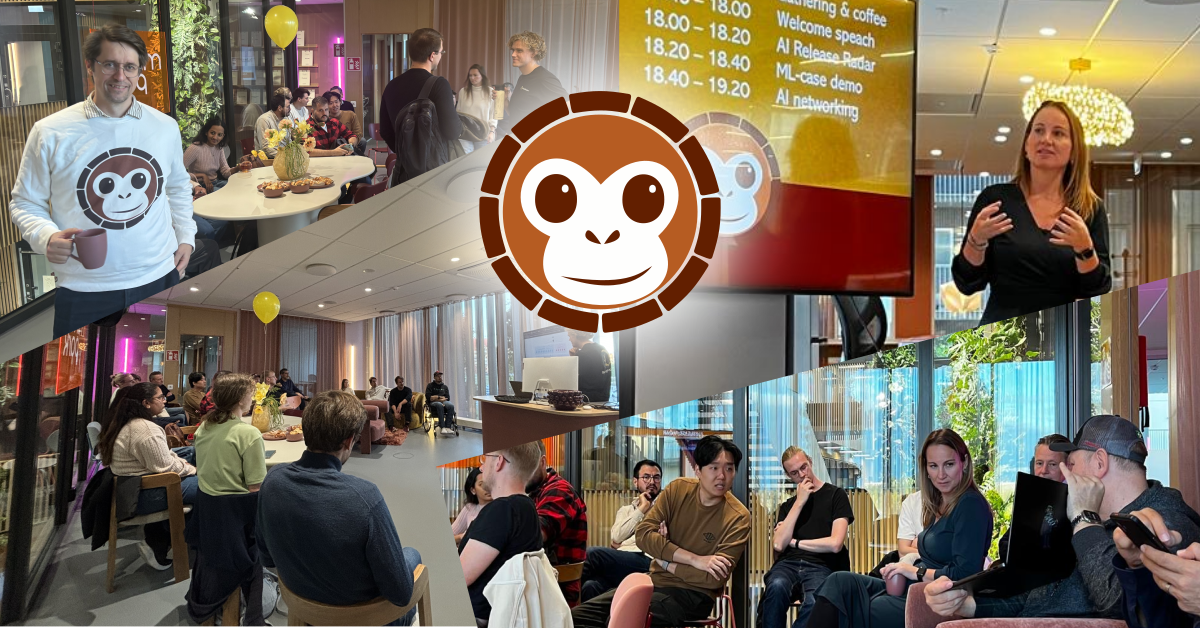
Barrel AI Release Radar
Curiosity was high as 25 Barrel AI Monkeys gathered for our first event in several years. Most attendees were new to the community, but we were thrilled to welcome back some familiar faces as well. The group was a vibrant mix of people with different areas of focus and skill levels exactly the kind of diversity we aim for. The Barrel is meant to be a space where we connect, learn, share, and most importantly, have fun with others who share our passion for AI and machine learning.
Melina and Johan kicked things off by sharing their vision for the community. As they emphasized, you the members are the community. Your ideas and energy shape what this becomes. That’s why it’s so important to hear your thoughts on what we can build together.
To get things rolling, we’re planning to host a bi-monthly AI Release Radar event, with more casual pub-style afterworks in between. But these are just starting points. The real magic will come from the ideas and initiatives sparked by the community itself, those are the ones that will shape our future events.
The Release Radar explored the ongoing challenge faced by LLM providers: balancing high benchmark scores with real-world quality. Sometimes, chasing metrics can lead to counterproductive outcomes. Since many of us are still actively coding, the discussion naturally focused on the quality of code generated by these models.
One standout resource wasLM Arena, which ranks models based on real user feedback—definitely worth checking out if you want to know what people actually think.
Here are some of the links we shared during the session:
Coding Agents
- Upgrades to GPT-5 Codex
- Anthropic: A Postmortem of Three Recent Issues
Open Models
- Qwen – Just Scale It
- Qwen3 30B A3B Running on 4x Raspberry Pi 8GB
Benchmarks
- ARC-AGI, How I Got the Highest Score, 30-Day Learnings
- Vending Bench, Deployed at Anthropic
- LM Arena Leaderboard
The final presentation gave us a behind-the-scenes look at one of Nordaxon’s current projects: real-time analysis of production equipment in a factory setting. Using time series analysis of vibrations, the system monitors for anomalies that could signal early signs of malfunction.
The project highlighted the complexity of acquiring the right resolution of data in collaboration with the factory engineers. From data preparation and analysis to drawing actionable conclusions and integrating them into a reporting and alert system, the presentation offered a fascinating glimpse into how AI can deliver meaningful feedback to engineers managing critical machinery.
We ended the evening with a lively mingle, getting to know each other better and exchanging ideas both serious and silly. The biggest takeaway? There’s a strong desire to revive and grow this community and we’re excited to see where it goes next.
Thanks to everyone who joined. We can’t wait to see you at the next event!
- LLM, Benchmarks, Time series